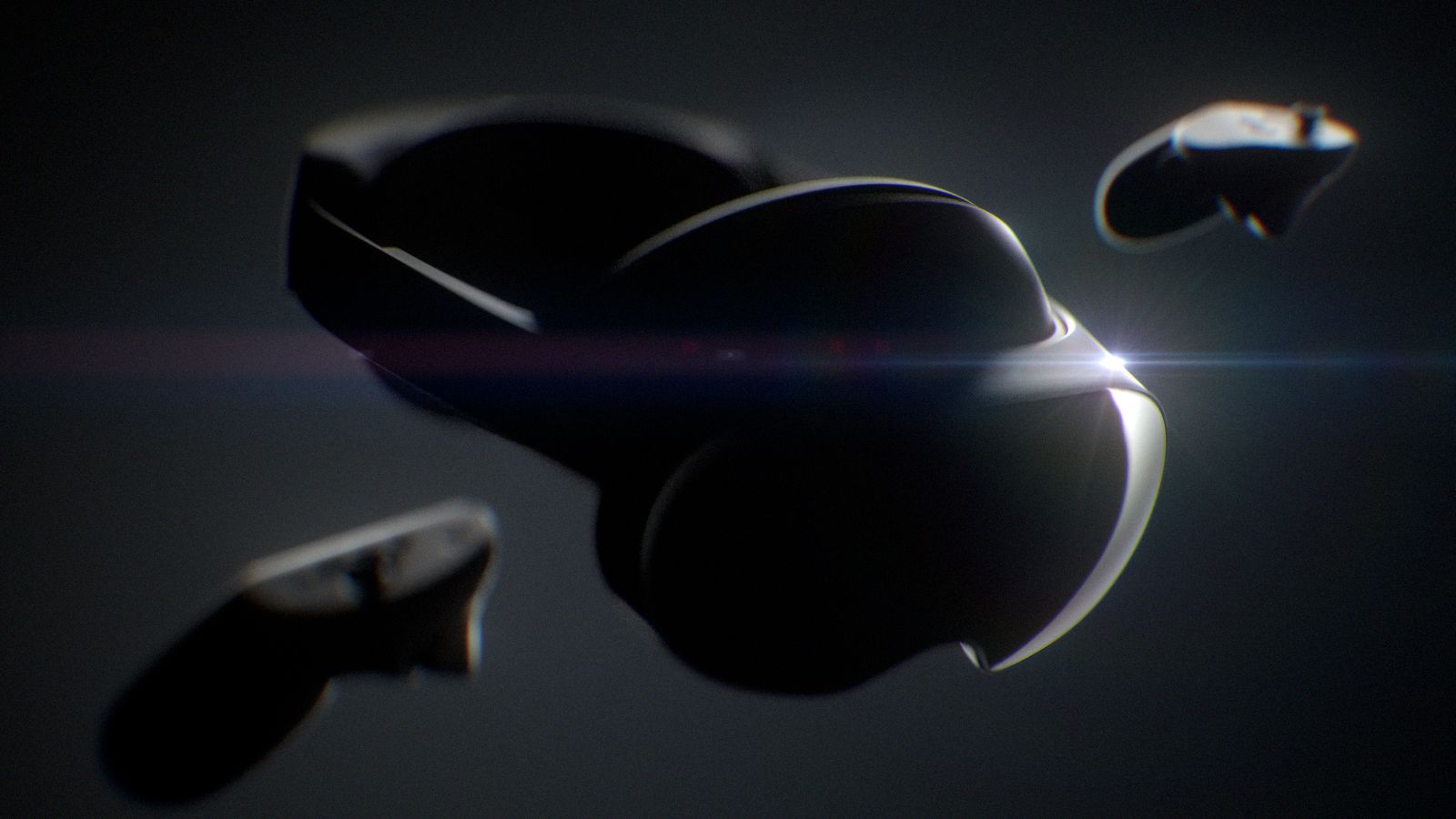Alongside the announcement on Thursday that Facebook would be renaming its parent company Meta, we were also offered a sneak peek at some new hardware.
Project Cambria, as the headset has been codenamed, is a virtual reality device and will probably be quite an expensive one.
It won’t be a replacement for the Oculus Quest, now on its second version and just known as the Quest by Facebook – sorry, by Meta – but a “high-end device at a higher price point”, it said.
It will be sold at this higher price “because it’s going to be packed with all the latest advanced technologies,” the company explained.
These technologies include “improved social presence, colour passthrough, pancake optics, and a lot more”, it added.
What are those technologies, you might reasonably ask. Welcome to the vocabulary of Virtual Reality.
Firstly, “improved social presence” isn’t actually a technology itself but a description of what the technologies will allow – the sensation of being present among other people. Facebook, er, Meta uses this phrase to describe the value of interactions on Instagram and Facebook the platform.
Facebook’s global head of safety appears before MPs – and proves company’s executives are experts at being boring
Facebook changes its name to Meta as part of company rebrand
Facebook reveals profit of $9bn amid challenges from privacy rules and whistleblower claims
Passthrough is a technology, however. It’s the ability for someone wearing a headset to see the world around them as if they weren’t – only they are, so the headset has to generate the image of the world.
When people are wearing the Quest, passthrough is in black and white. Colour passthrough simply means that this is going to be in colour – and potentially a higher quality image too.
Pancake optics describe a kind of compact flat lens which will be critical if virtual reality headsets aren’t going to weigh too much, as the size is generally driven by the display.
But there’s a long way to go before the quality of these lenses finds the sweet spot between image quality and energy efficiency. Displays can often be quite grainy and dim, requiring an increase in brightness that drains battery life.
“It’s going to bring us a step closer to the metaverse and we’re excited to share more in the future, so stay tuned,” the company added.
A few other details have come out about the headset, including new sensors in the device which will allow people’s virtual avatars to maintain eye contact with each other and detect and reflect their real-life facial expressions – part of the social presence aspects of the system.
The ability, as with colour passthrough, to accurately render objects and surroundings in the real world will also allow Project Cambria headsets to offer some mixed-reality features, from the full virtual reality experience to perhaps overlays for some augmented reality features.
Facebook/Meta founder Mark Zuckerberg has spoken about the company becoming one that is increasingly seen as a “metaverse business”.
Last week the company announced plans to hire 10,000 people across the EU to help bring this idea to fruition with the prediction that the metaverse will reach a billion people within the next decade.
The metaverse is a concept coined in the 1992 sci-fi novel Snow Crash to describe a kind of three-dimensional virtual reality version of the internet where people are present as avatars and move through a digital representation of a physical world.






















